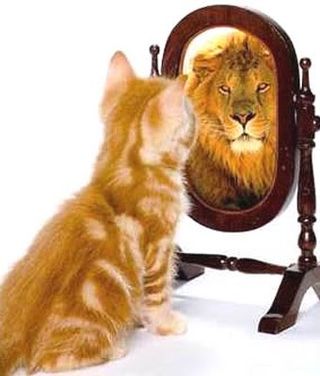Most articles about self-esteem talk about thinking positively, making affirmations, smiling a lot, etc. These things are just band-aids – they will only serve to suppress the truth about how you feel about yourself for a short time. I am not interested in band-aids. I am interested in prevention and cure…

